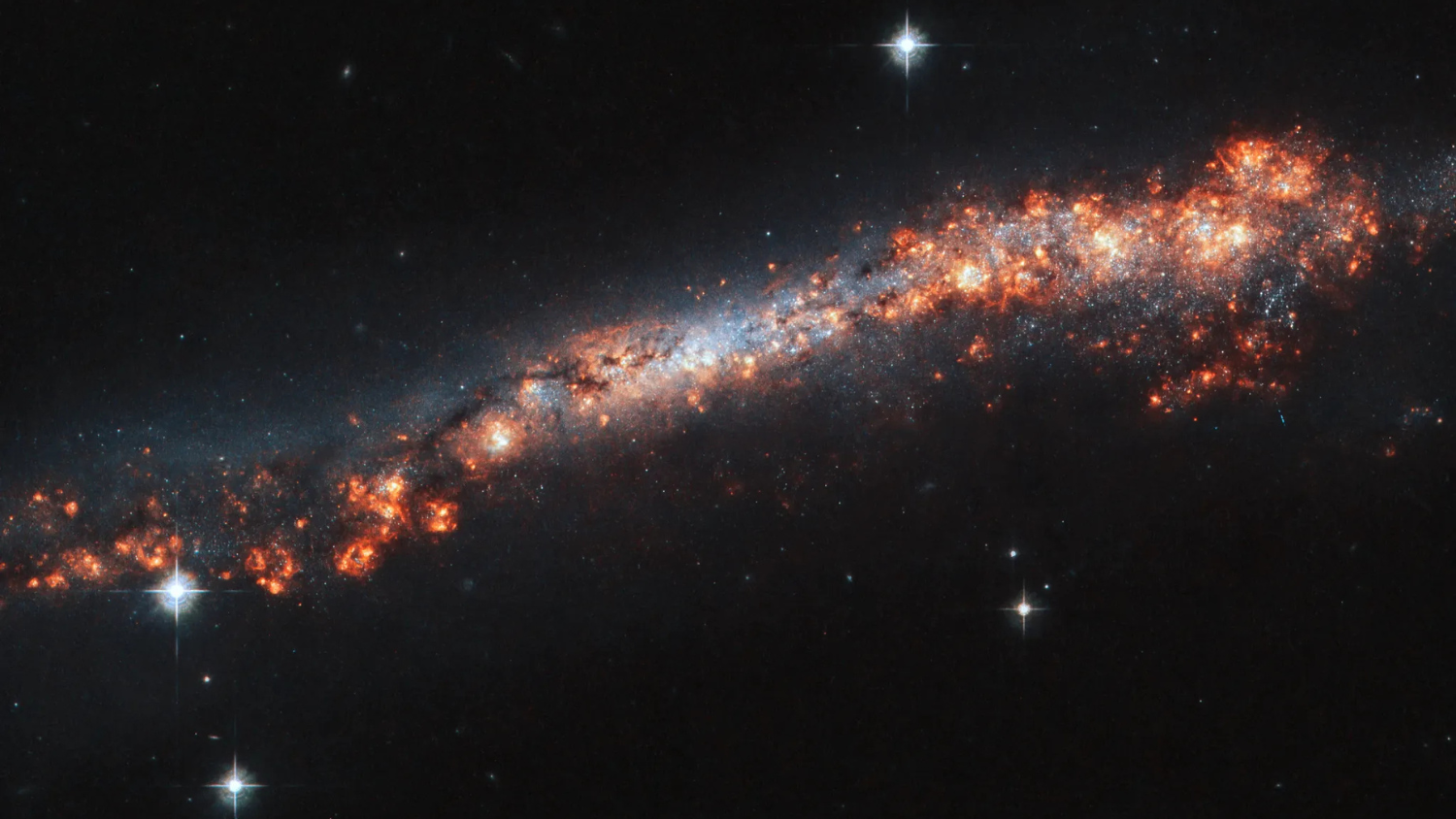Doing Astrobotany Research is Nothing Like “The Martian” … Except When It Is

by Aurora Toennisson
When I tell people my research is about plants in space, someone often asks, “Oh, like The Martian?” I’m always torn between replying ‘yes’ and ‘no’. Real astrobotany is very different from the fictional exploits of Mark Watney, the botanist/engineer astronaut stuck on Mars in the story. However, some definite parallels exist between life and fiction.
Astrobotany research isn’t all in space
Unlike Mark Watney, all of my research is done on terra firma. In fact, most astrobotany research is done on Earth. Sending plants to space is expensive, and there’s little room on the ISS for experiments. Only a few experiments can be done at a time, and they can only be done with a handful of large plants or a few dozen tiny seedlings. Before anything is sent up to space, new plant-growing hardware is tested and retested on earth. Before approval for launch, experiments are run and rerun on earth to check that everything works. After samples get back, tons of follow up work happens on the ground.
Astrobotanists have a few tricks up their sleeves to make Earth-bound plants “think” they’re in space. For example, my first NC Space Grant fellowship project focused on looking at what genes in plants get “turned on” in microgravity. The foundation of my project were experiments previously done on the ISS, but my follow up work needed to be done on the ground. I used slowly-rotating platforms called clinostats to trick my plants into thinking they were floating in space. The rotation of the clinostat kept the plants from being able to consistently sense the pull of gravity.
We also can change the environmental conditions of the plants to make them more spaceflight-like. Most astrobiology experiments on earth take place in growth chambers. The ones in my lab look like refrigerators filled with lights. Growth chambers allow us to adjust the lighting, humidity and temperature to mimic that on the space station. Some growth chambers even allow for altering the carbon dioxide levels of the atmosphere inside, which can simulate the high carbon dioxide levels on the ISS. I plan to run experiments under elevated carbon dioxide for part of my second-year project to see if it affects how plants and microbes interact.
Growing plants in space is HARD
In The Martian, Mark solves his dilemma of running low on food by using his botanical knowledge to grow potatoes in Martian soil, aka “regolith”. He is fortunate enough to get record-breaking yields the first time around. This quick success is clearly fiction.
Regolith on the moon and Mars is low in key plant nutrients, has terrible water absorption properties and is often contaminated with heavy metals or toxic compounds. Since real regolith is hard to come by, astrobotanists get around this by making “regolith simulants” from crushed volcanic rock. Even in the fake stuff, plants don’t grow too well, and plant growth in actual lunar soil was even worse than in regolith simulant. In short, we’re a long way away from mounds of tasty potatoes.
Growing plants on spacecraft poses a different set of challenges. Water behaves differently in microgravity, which makes watering plants tricky. You’ve probably seen videos of astronauts playing with balls of water or squeezing out washcloths in space. The water doesn’t flow “down,” but sticks to itself in a blob. The same thing can happen in growing media for plants. Water can blob up away from roots and the plants wilt, or too much water can blob right next to the roots and keep them from getting oxygen. (Yes, plant roots need water AND oxygen to live). Engineers and astrobotanists work hard on Earth to overcome these challenges, but the real test doesn’t happen until the plants are in orbit, sometimes with unexpected outcomes.
On top of all these challenges is the ever-present elevated levels of radiation in space, especially when spacecraft leave low-earth orbit. Plants have a higher tolerance for radiation than humans, but long-term exposure to radiation is usually bad for any living thing. NASA is actively undertaking research on the long-term effects of space-like radiation on plants.
Microbes may help solve these problems
On Earth, bacteria and fungi are the unsung heroes of the world. They can colonize plant roots and enable plants to be more resilient when faced with the stresses of low nutrients, drought, heavy metals, and flooding. Beneficial microbes help plants resist disease, and can even help alert plants that their neighbors are under attack. In The Martian, Mark Watney’s key to success growing potatoes was the introduction of beneficial microbes that could help extract nutrients from the Mars regolith. This is factual — microbes will be an important part of cultivating plants in space, just like they are on Earth.
For my project, I picked microbes isolated from plants grown on the ISS, because they already demonstrated that they were good at colonizing plants on spacecraft and have already undergone experiments that indicate they might be good at releasing plant nutrients from the soil. I will see if these microbes actually improve plant growth on low-nutrient artificial media and in lunar regolith simulant. Since regolith is a lot like rock on Earth, there’s a chance these microbes might also help plants get nutrients from rocks on terrestrial farms, which would reduce the amount of fertilizer farmers need to apply.
Even though I and my research are stuck on the ground, I am still using microbes to solve problems in space … just like Mark Watney.
☽
- Categories:


